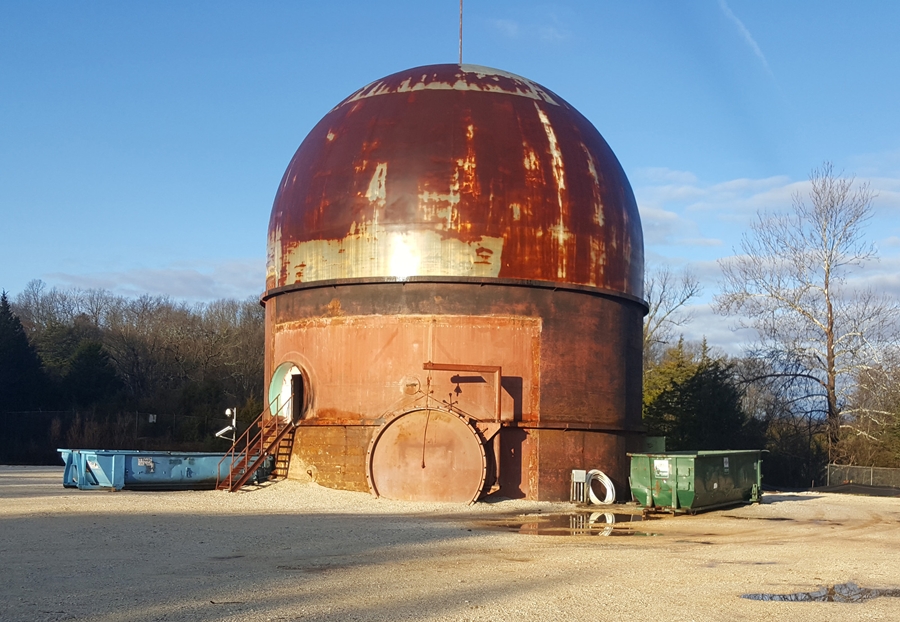
FAYETTEVILLE, Ark. – The U.S. Department of Energy is providing the University of Arkansas with a $10 million grant to complete cleanup of the Southwest Experimental Fast Oxide Reactor – known as SEFOR -- near the Strickler community in southern Washington County.
U.S. Sen. John Boozman, R-Ark., and U.S. Rep. Steve Womack, R-Ark., announced the grant today. The funding is part of the Consolidated Appropriations Act, 2018, which passed by the U.S. Congress on March 23.
“The funding we have received for fully decommissioning this project would have neither been possible nor happened without the efforts and hard work by Rep. Steve Womack, Sen. John Boozman, and their collective staff members,” said U of A Chancellor Joe Steinmetz. “Finalizing this project was a long time coming, and I can think of no better example of public servants who put the needs and safety of their constituents at a higher priority than Rep. Womack and Sen. Boozman. A decades-old problem will now be eliminated and that will benefit the University and the state of Arkansas for generations to come.”
SEFOR was built in 1968 and decommissioned in 1972. Its nuclear fuel and coolant were removed and the plant was given to the U of A to use for research purposes, which ended in 1986. The university has served as a caretaker for the unused facility ever since, while working to get federal funding to dismantle the facility.
The decommissioning finally began in 2016, after Boozman and Womack secured initial funding from the Department of Energy for the project. This cleanup effort reached it’s final phase, but additional funding was needed to finish the job. That work can now resume, following Wednesday’s announcement.
“Completing the cleanup of SEFOR has been a longtime priority for the University of Arkansas, and I’ve worked to support this goal,” said Boozman. “As a member of the Senate Appropriations Committee, I have long advocated for federal funding to decommission SEFOR in a safe and responsible manner. I’m pleased to have helped secure the resources needed to finish the cleanup.”
Energy Solutions, the contractor handling the SEFOR project, is expected to resume work dismantling and removing the remains of the reactor later this month.
“Decommissioning and dismantling SEFOR has been a top priority for the University of Arkansas and Northwest Arkansas communities,” said Womack. “I am pleased DOE has committed the resources sufficient to accelerate completion of this long overdue project. I will continue to monitor the diligent SEFOR cleanup efforts.”
Mike Johnson, associate vice chancellor for facilities at the U of A, said that the cleanup is on schedule to be completed in early 2019, and the former nuclear reactor site will be returned to “green field” condition.
“We are very grateful to our congressional delegation for helping us obtain the necessary funds to complete the SEFOR project,” said Johnson. “We have already started preparations for beginning the final phase of the SEFOR saga.”
About the University of Arkansas: The University of Arkansas provides an internationally competitive education for undergraduate and graduate students in more than 200 academic programs. The university contributes new knowledge, economic development, basic and applied research, and creative activity while also providing service to academic and professional disciplines. The Carnegie Foundation classifies the University of Arkansas among only 2 percent of universities in America that have the highest level of research activity. U.S. News & World Report ranks the University of Arkansas among its top American public research universities. Founded in 1871, the University of Arkansas comprises 10 colleges and schools and maintains a low student-to-faculty ratio that promotes personal attention and close mentoring.
Contacts
Steve Voorhies, manager of media relations
University Relations
479-575-3583,
voorhies@uark.edu